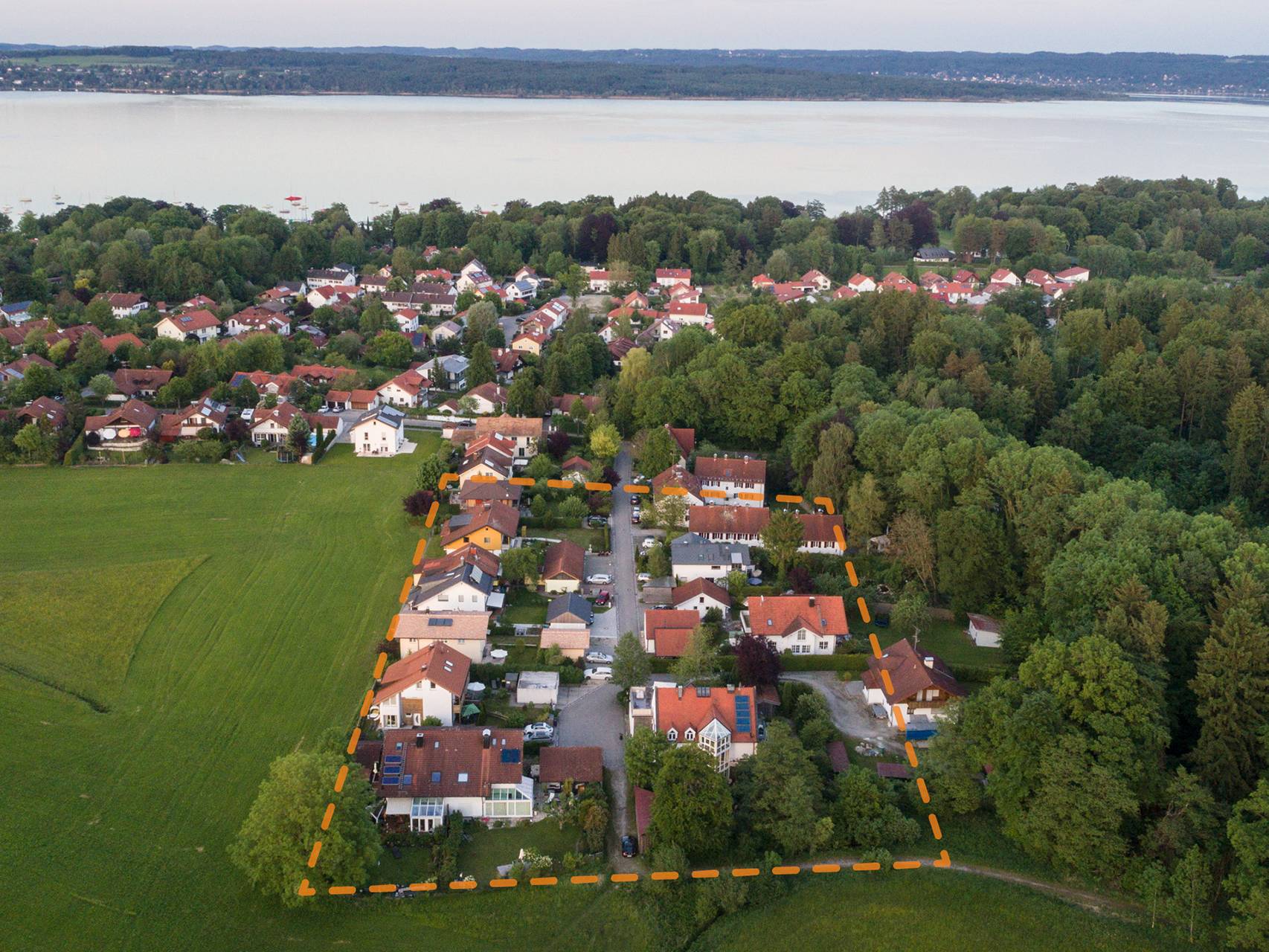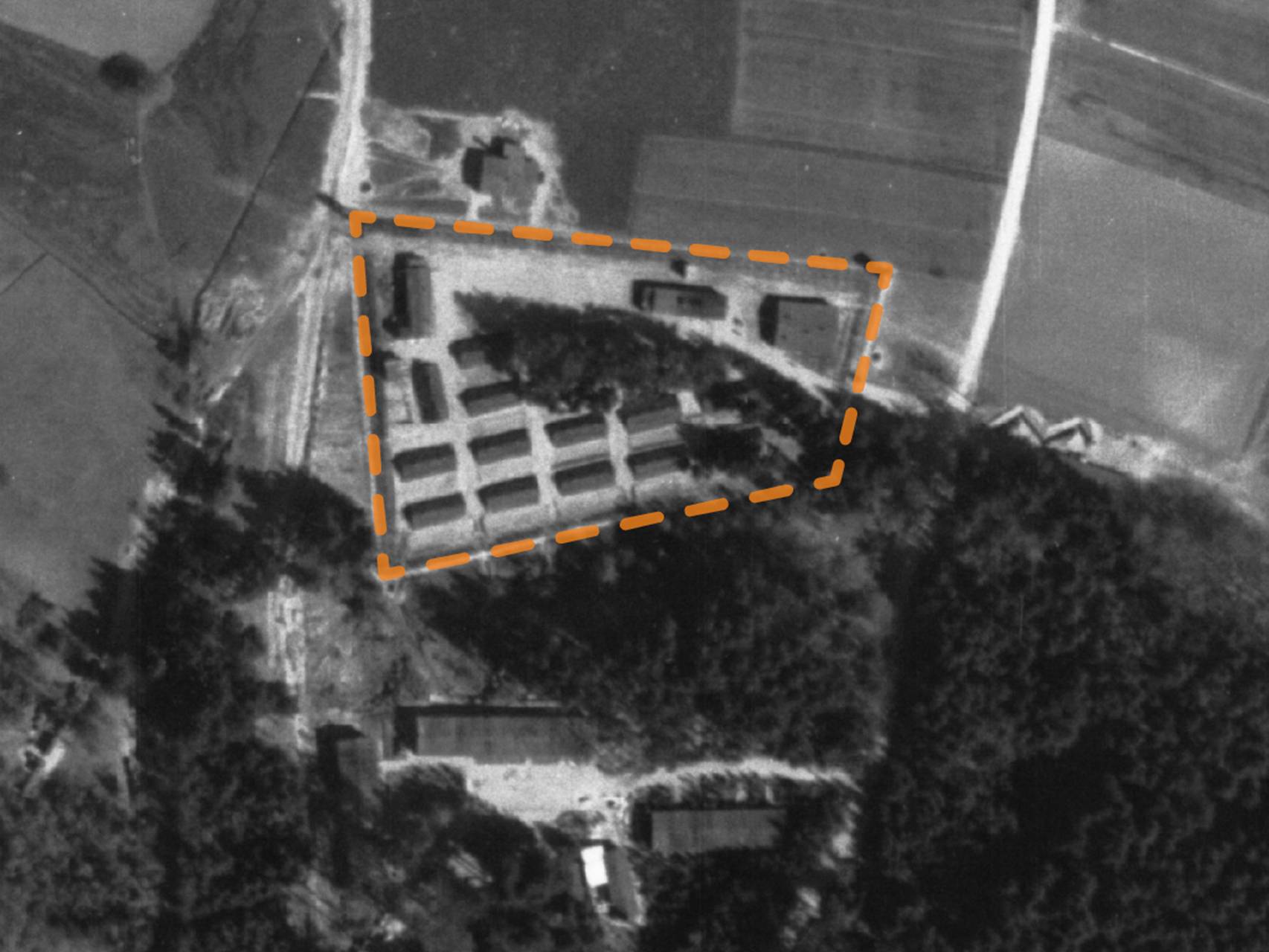Kaufering X (Utting)
The first transport with 500 concentration camp prisoners reached the camp at Ammersee on 18 August 1944. Initially, those detained here were Lithuanian Jews who had been deported from the ghettos in their home towns via Stutthof concentration camp to Landsberg/Kaufering concentration subcamp complex.
The concentration camp prisoners were deployed for the production of pre-cast concrete parts for the company, Dyckerhoff & Widmann. These were needed for the interior construction of the bunkers.
With US American troops approaching, Kaufering X was evacuated by the SS guard towards Dachau concentration camp.
Just as in the ghetto, life is nothing more than a daily struggle for survival. However, in this concentration camp the noose around my neck is closing even tighter. I am noticeably aging, at 16 years of age I am becoming an old man. Every evening after the twelve hour shift, I feel how the strength drains from my body; soon I won’t have any reserves left.
– Abba Naor about daily routine in the camp
No trace remains of the Camp X or of the concrete production plant. A housing complex has been established on the former camp premises. In 2005, one of the monuments by Hubertus von Pilgrim commemorating the death marches of concentration camp prisoners was erected on the Holzhauser Straße, at the intersection with Schönbachstraße. Since 2011 a memorial on the former factory premises of the Dyckerhoff & Widmann company has commemorated victims of the concentration subcamp.
At night my father told me how his day had been. They had to work for a company called Dyckerhoff und Widmann. They produce all kinds of concrete products there. My father and his friend’s brigade had to unload a goods train that transported raw materials. Jakob had to haul cement sacks weighing fifty kilograms, while father had to shovel sand and gravel. That was all loaded on to a field railway that led to the cement works. They even had to lay the tracks, and the most strenuous work was carrying the iron rails.
– Solly Ganor about forced labor
For more in-depth insights into the Landsberg/Kaufering subcamp complex, click here to go to the overview page.



